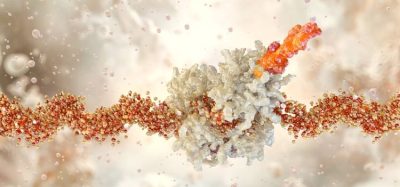Expert view: Raman spectroscopy
Posted: 28 June 2019 | Dr Chiraz Frydman - Global Senior Product Manager at HORIBA France | No comments yet
Many researchers are keen to find analytical solutions that generate the chemical fingerprint of a sample at the molecular and cellular level. Overcoming these problems is made possible by label-free techniques such as Raman, SPRi or particle size analysis. This brief overview will identify the benefits of Raman spectroscopy.
CELL ANALYSIS is routinely used in pharmaceutical and biotechnology companies to understand the interaction phenomena, antibiotic impact, living behaviours, etc. It’s also used with high interest in cosmetology to investigate cell behaviour, leading to non-invasive study of the human skin under in vivo conditions. On the other hand, in clinical research the information generated from microbial biomass (colonies, biofilms, pellets) at a single-cell level can be crucial for disease understanding.
The ability to identify cells within a sample remains a significant challenge, since many bacteria cannot be isolated and cultured quickly and easily. Equally, analysing samples in their native medium (or close to their natural state) without purification or modification can become a difficulty.









